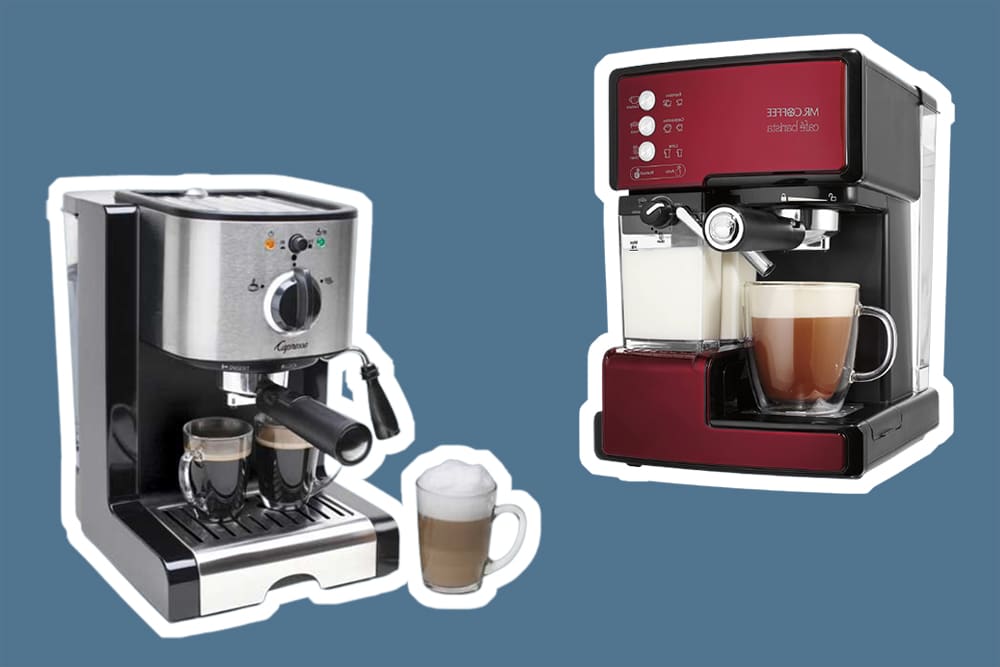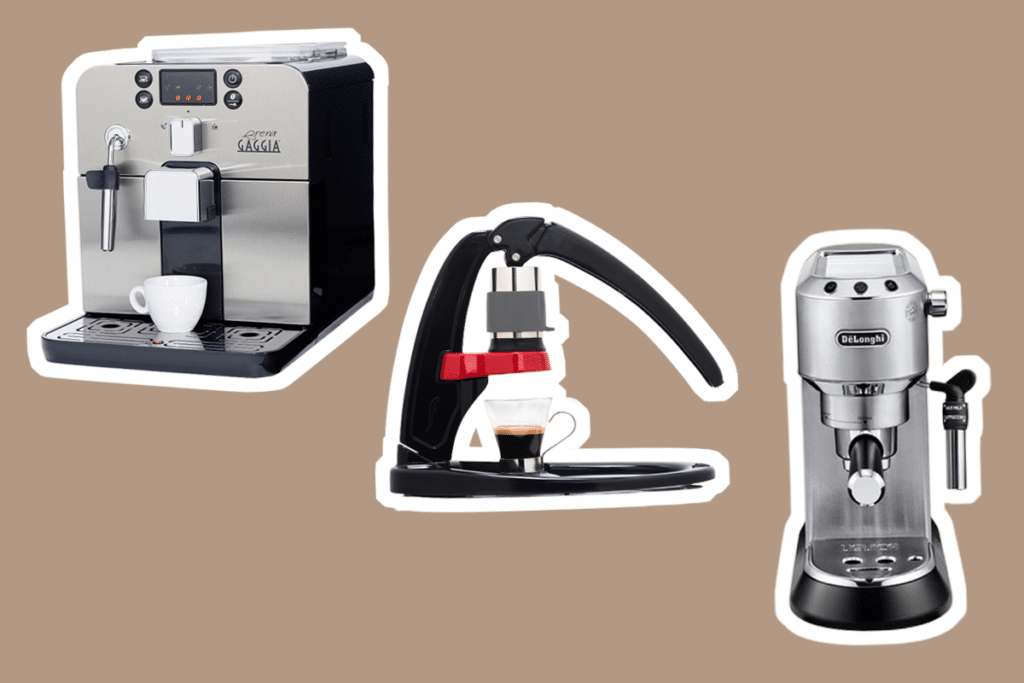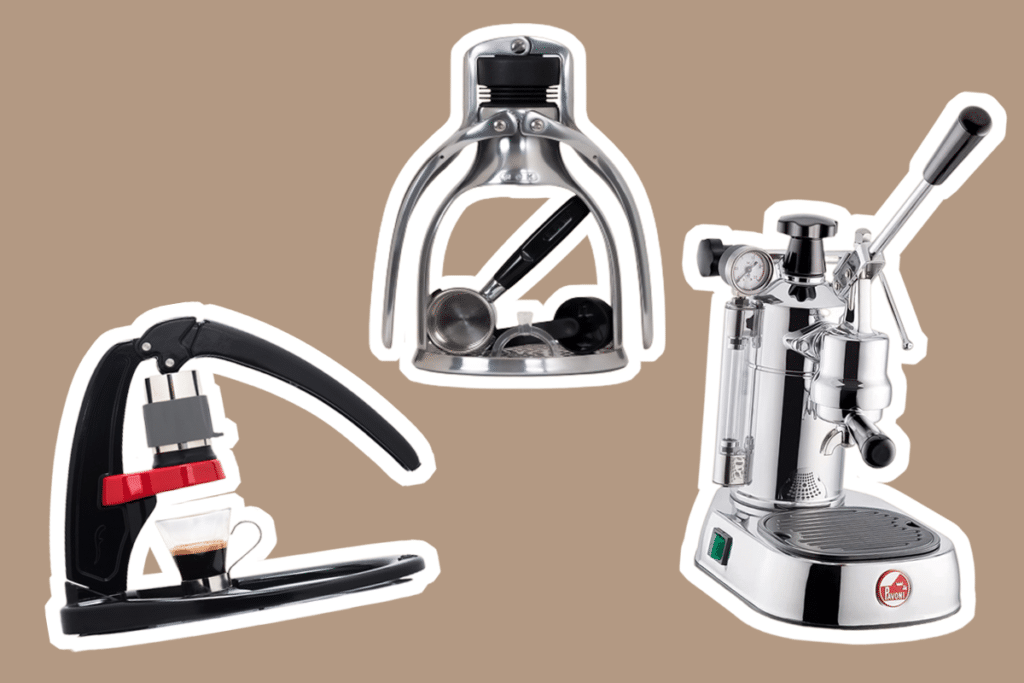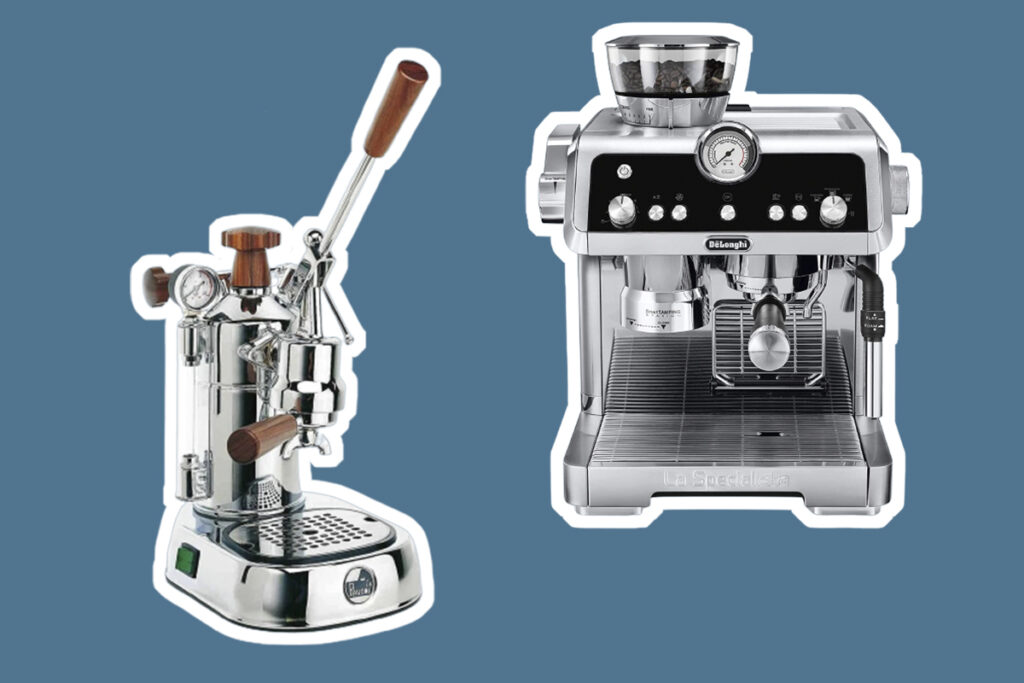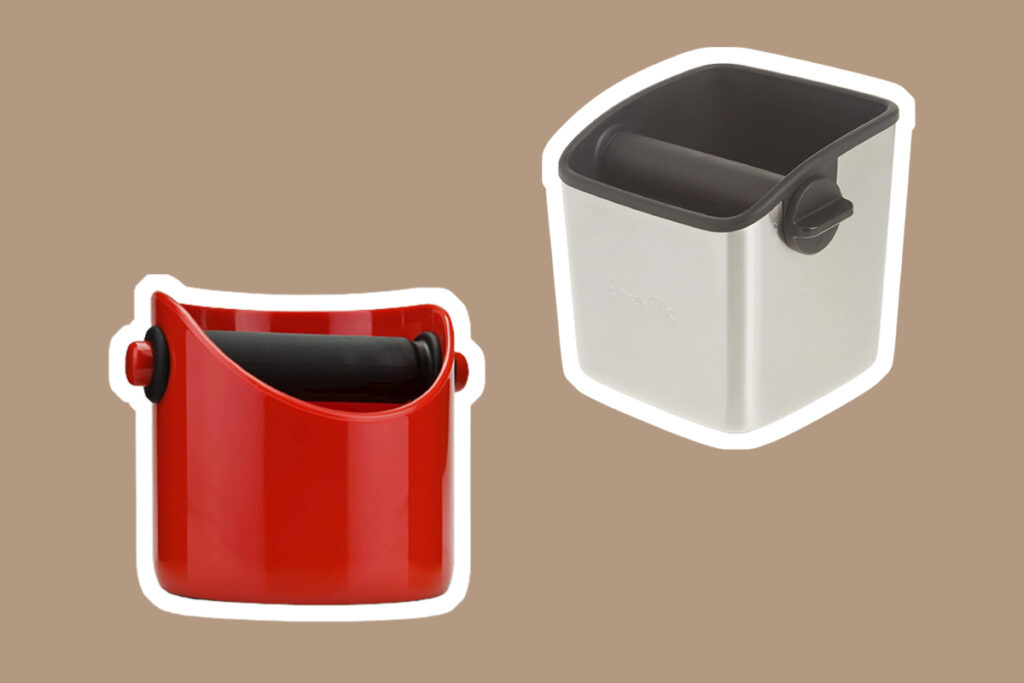

Just think while you’re sitting at your table enjoying your first, or the second cup, of espresso coffee, millions of others are doing the same thing. Have you ever wondered how it was discovered and how it became so popular? You may find it interesting to know that espresso, although small in size, is pure coffee and much more potent than other forms.
An article in The National Coffee Association Trusted Source The History of Coffee Coffee grown worldwide can trace its heritage back centuries to the ancient coffee forests on the Ethiopian plateau. www.ncausa.org (NAC) states that one myth of how coffee was first discovered occurred in Ethiopia by a goat herder who noticed that they were full of energy after his goats ate some berries. You may find it interesting to know that coffee is actually a fruit and the bean itself is a seed. Knowing where one of the most traded commodities in the world comes from is pretty great.

Many people are confused by the term espresso because of all the different types of roasts available on the market. Espresso is a method of preparation and is considered to be the first instant coffee. Humans have always been impatient and were frustrated by having to wait a good 5-10 minutes for their first cup of coffee in the morning. This impatience is the main reason behind the first espresso machine being invented.
Have you ever gone into a coffee shop and seen beans being ground up, put into some type of holder, and then slid into a machine. You’ll most often notice that the device will make a noise that kind of sounds like hissing, and then liquid comes out and then is followed by another boiler that produces steam on the top of the concoction. This, my friend, is espresso.
You may believe that espresso needs a specific bean or a flavor, but It doesn’t. It only can come from an espresso machine. The espresso machine itself uses pressurized hot water that is quickly forced over finely ground coffee beans. Some researches states that the best espresso “must follow the four Ms.”
Although it was invented and patented in 1884 by Angelo Moriondo of Turin, Italy, it didn’t become widely known at this time. The main reason for that is because it was only used for the Turin General Exposition of 1884. This was a fair that was held in Turin in the 1880s and mainly consisted of fine arts and was the first place and only place where Moriondo demonstrated the machine. Although he was the one responsible for the invention of the espresso machine, that’s basically all he’s known for in its history.
Angelo Moriondo, the inventor of the first espresso machine and owner of Coffee Ligure, was trying to find a way to make coffee faster in order to satisfy his customers. At the time, it could take up to 10 minutes to brew a single cup of coffee. According to an article from History of Espresso Coffee Trusted Source History of Espresso and the First Espresso Machine Espresso is a type of coffee made by brewing in a special way. www.historyofcoffee.net , this was accomplished by the invention of the “New steam machinery for the economy and instantaneous confection of coffee beverage, method ‘A. Moriondo.”
In the beginning, Moriondo believed that only one big boiler would be enough to force through the coffee grounds. Later he realized that another machine would be needed in order to finish making the espresso. This is what creates the foam on top of your espresso.
Due to the use of steam, it was able to use pressure to almost instantly create a cup of coffee. Although it tasted burnt and bitter, it was able to make roughly 1,000 cups of coffee in an hour, so people still bought it. While he patented this machine, he never had them mass-produced, and he only used them in his cafes.
The man who later bought this patten was determined not to make the same mistake. Luigi Bezerra was the next person to patent the espresso machine. He created improvements but knew that more work would be needed in order to perfect it. He didn’t have enough money to make the required improvements, so he needed a partner. His name was Desiderio Pavoni. And we still use some of their inventions on today’s best manual espresso machines like the La Pavoni Professional.

This is where the history of the espresso machine gets interesting. Bezzera and Pavoni made many changes to Angelo Moriondo’s design, improving the taste and how it was made. Bezerra made Bezzerra made liquor and knew how to improve how the machine worked, while Pavoni had the money to make it work. In the early 1900s, Bezzera invented what is known as the single-shot espresso. Think about that the next time you’re at Starbucks and order a single shot.
Bezzerra’s original machine consisted of a large boiler with built-in chambers filled with water that lowered the water temperate from the original 250˚ F to 195˚ F. This helped improve the taste. While it still made coffee almost instantly, the machine was heated over an open flame. The temperature was impossible to regulate two of their improvements we still use today on espresso machines, multiple brew heads, and a portafilter.
In 1903 Pavoni purchased Bezzerra’s patents and continued to improve on its design. One of the features he added is still appreciated by baristas everywhere; the pressure release valve. This valve prevents the espresso coffee from splashing all over the barista when the pressure is released. Another addition Pavoni made to the espresso machine is a wand that could access the steam that collected in the machine’s boiler.
In 1906 Pavoni revealed his patented espresso machine at the Milan Fair. This is when the espresso machine first started being mass-produced for commercial use. Once this occurred, competition started to increase dramatically. With all of this new competition, improvements continued to be made.
In the modern world, there are various devices used in coffee shops. If you’re interested, you can check out our in-detail review of the best commercial espresso machines.
In 1922, Pier Arduino from Turin, Italy wanted to continue to improve the machine but was unable to. Instead, he contributed in a different way. He was a fantastic marketer and was able to gain a following from around the world. He sold them mainly in Paris but exported them around the world.
In 1947 a Milanese barista named Achille Gaggia introduced the idea of high-pressure extraction to express the espresso for the beans. He did this by creating springs that were hand-pumped. This created more pressure which in turn increased the pressure by eight to ten times higher. This amount of force was able to express the oils from the ground coffee beans and, in turn, left the foam on the top of each cup. Unlike Bezerra, Gaggia was able to bring consistency to the art of creating espresso. People did not react well to the foam that looked similar to pond scum. It wasn’t until Gaggia made the name “creama” and marketed it as the key to a perfect cup of espresso.
The next most notable contribution came in the 1960s by a man named Ernesto Valente. No longer was steam the only way to heat the water. Valentine instead used a motorized pump to create more pressure on the beans. He also used this pump to get water straight from the faucet and then sending it to the boiler to be heated. Another addition is that a heat exchanger can now keep the water at the right temperature perfecting the taste. His final touch was using all of the new technology to make the machines smaller, so smaller coffeehouses were able to use them.
In the 1970s, a small company named Ulka created the first espresso machine small enough that someone could use in their house. This company was short-lived and quickly purchased by larger companies. This is one of the most significant moments in espresso machine history because of what came next.
Have you ever heard of Starbucks? That’s a rhetorical question, of course, you have. In 1987 Howard purchased this company that was only known in Milan, Italy, for buying and selling coffee beans to the United States. Bigger and better machines were made, different types of coffee beans were purchased to create drinks based on espresso, which is America’s favorite drink.
As stated earlier in the article, coffee beans come from a red fruit that resembles a cherry. When it was first discovered, people would combine it with animal fat to eat as, and from there, people boiled older fruit to create a type of wine. Another popular snack was when people would eat the entire fruit bean and all.
The coffee we now drink from roasted beans began in Arabia in the 13th century. Due to the high amount of caffeine in coffee, it was popular in the Muslim community. Like the monks in one story of how coffee was discovered, it helps keep them alert during long prayer sessions. Something interesting to know about this is that people in Arabia made it where this fruit was available only in Africa and Arabia until the early 1600s. They did this by drying and boiling the coffee beans.
Baba Budan is a man that fled India due to the vicious attacks of another tribe. While they fled to the caves of Chandragiri, Baba needed to go farther and traveled to Mecca. While heading back to Chandragiri, he stopped in an area and ended up purchasing coffee beans. He then planted the beans near where he settled, and this is the start of how coffee began to grow across the world once again.
During the early 1700s, coffee became popular throughout the new world, although it didn’t gain popularity in America until the Boston Tea Party of 1773. The start of the Civil War gave coffee popularity due to how stimulating it was, and soldiers could have enough energy for the night watch. That instant jolt of alertness is one reason why this drink is still popular today.
As coffee’s popularity started growing, so did consumers’ expectations. They wanted something more robust, flavorful, and of course, faster. This is where the history of espresso coffee begins.
In the mid-1920s, because of all of the Italian immigrants, the demand for espresso soared. The first espresso machine was installed in New York City in 1911 by one of the Italian immigrants, and still to this day, the shop claims it is the place where cappuccino was created. However, most people from Italy would disagree.
In 1971 Starbucks came to the United States and perfected the art of making coffee. Since this company made sure to keep up with worldwide trends by 1986, the owner had espresso bars put in. According to an article published in the New York Times Trusted Source Americans Wake Up and Smell the Coffee Coffee-drinking in the United States has remained fairly stable for the last 10 years, having leveled off after declining from its peak in 1962. www.nytimes.com , by 1992, there were over 200 Starbucks espresso bars and cafes in the United States.
American put its twist on espresso when American soldiers stationed in Italy during WWII Trusted Source Americano | The History Of The Americano Up to this point, black coffee was the norm, so how did we come to embrace the Americano as a daily coffee staple? americanolounge.com started drinking espresso but found it to be too strong. To rectify this, soldiers would add hot water to it. This creation leads to many drinks similar to this that have become extremely popular around most of the world.
As you can tell from reading the story of how American espresso began, different types of coffee have different levels of caffeine in them. But exactly how much caffeine is in your drink? This is not an easy question to answer because it can easily vary. The true answer depends on the amount of coffee you’re drinking, the type of coffee you’re drinking, and yes, even the shape of the bean.
This is an easy question to answer. Ask any Italian. Espresso coffee was invented in Italy in the early 1900s. Still, it took many years to perfect now, if you’re talking about the American version of espresso coffee that was also invented in Italy during the Italian war.
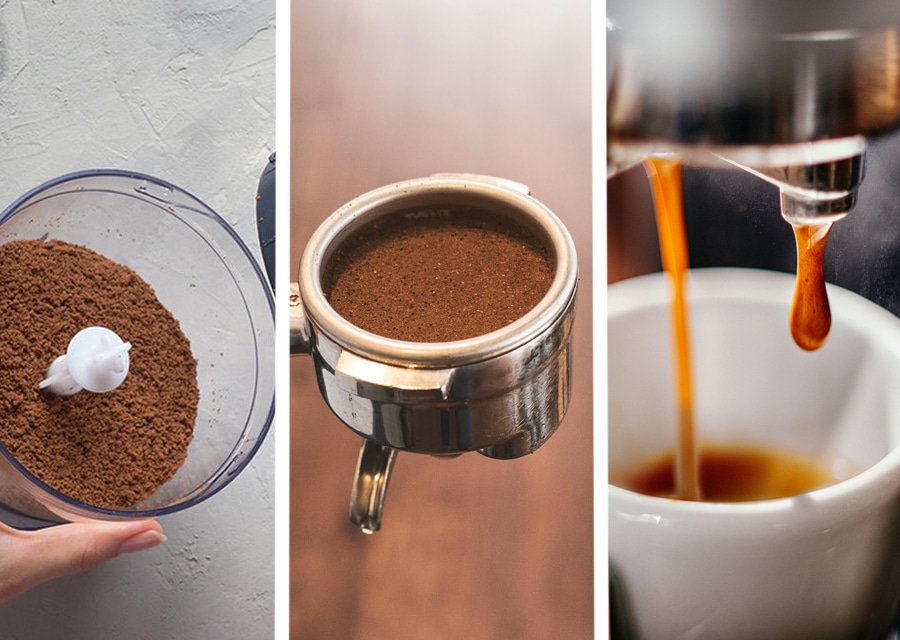
After reading this, that morning cup of espresso coffee probably seems a bit more interesting. Who knew your morning drink has been around since the 1800s and is still evolving. So the next time you run to your favorite coffee shop, think about all that has gone into selecting the right beans to bring out the robust flavor of your favorite coffee.

